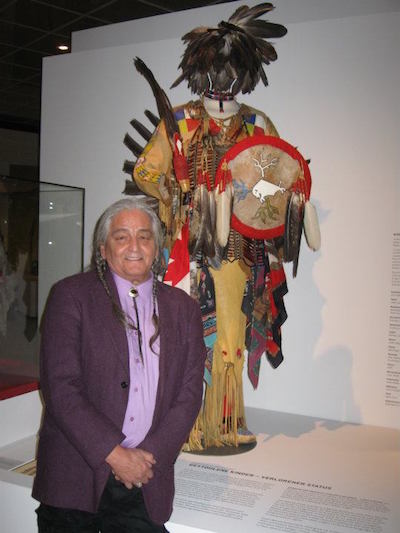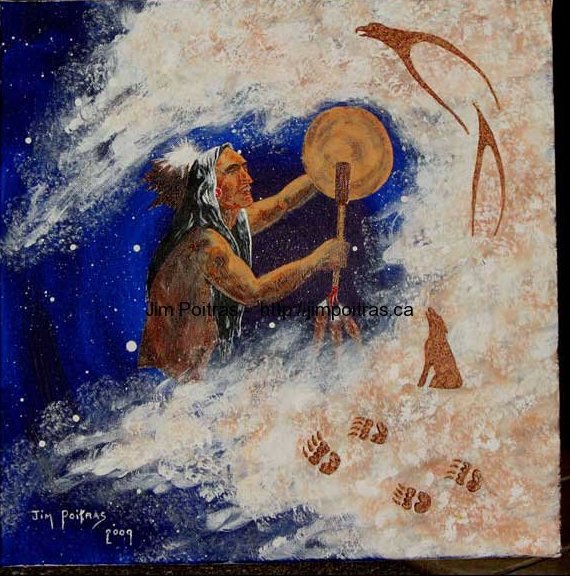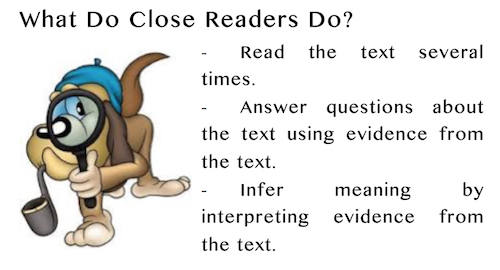4.12 Listen To My Drum Weep
| Site: | Cowichan Valley School District - Moodle |
| Course: | ELA5, CSS, Sferrazza |
| Book: | 4.12 Listen To My Drum Weep |
| Printed by: | Guest user |
| Date: | Sunday, 21 December 2025, 1:06 AM |
Learning Targets
By the end of this lesson, you should be able to say YES to the following questions.
- Can I understand how exploring text helps us understand ourselves and make connections to others and to the world?
- Can I use comprehension strategies (activiting prior knowledge, setting a purpose, making connections) to construct meaning from text?
- Can I recognize the role of language in personal, social, and cultural identity?

Comprehension Strategy: Activating Prior Knowledge
Good readers activate prior knowledge before reading.
Let's activate your prior knowledge now! What do you know about challenges faced by First Nations peoples in Canada AFTER Canada became a country? Even though First Nations people lived here for generations before the Europeans arrived, how were they discriminated against? What challenges did they face in the 1800s and 1900s that they did not face before exploration and immigration. You likely have learned some of this in social studies in the past few years. If not, you can ask your home facilitator for some ideas.

Go to your Learning Guide and brainstorm four or more facts you know about how the traditional way of life for First Nations people in Canada changed "after contact". What was better for them? What was worse?

Imagine That!
 Did you know that for over 100 years, Canada discouraged First Nations culture and discriminated against First Nations people? You may have learned about this in social studies.
Did you know that for over 100 years, Canada discouraged First Nations culture and discriminated against First Nations people? You may have learned about this in social studies.
- Potlaches (special celebrations with food, dancing, and ceremony) were banned.
- Land was taken over and First Nations people were told where they could and could not live.
- Children were taken away from their families and forced to go live at "residential schools" where they were not allowed to speak their languages and had to live with and try to act like the "white" people. The "white" people were often very mean to these kids!
- The government had an "Indian Act" that allowed all of this. It wanted First Nations culture to change to be just like the European cultures.
Can you imagine having to grow up without any of the people who care about you, not being able to speak your language or follow your traditions? Can you imagine if this happened to your parents or your grandparents before they raised you? It would be hard to remember life before these bad things started!
Many Canadians know how wrong this was. The picture on this page shows a display that was at a BC university called "100 Years of Loss". 100 years - a LONG time!
Jim Poirat
 Jim Poirat, the illustrator of The Drum Calls Softly, has spent over 25 years helping with the rights of First Nations children through his art and story telling. He and his own family were impacted by residential schools and he never wants a problem like that to repeat itself.
Jim Poirat, the illustrator of The Drum Calls Softly, has spent over 25 years helping with the rights of First Nations children through his art and story telling. He and his own family were impacted by residential schools and he never wants a problem like that to repeat itself.
This picture shows Jim Poirat by his "regalia" (traditional clothes) that he donated and taught others about at a museum in Germany.
Jim is the author of the next poem you will read.
Setting a Purpose - First Reading
 Good readers know why they are reading or listening to a poem or story. They have set a purpose.
Good readers know why they are reading or listening to a poem or story. They have set a purpose.
When you read Listen to My Drum Weep, think about the following:
- On your first read, try to determine the "gist" of the poem. In one-two sentences, can you summarize the main message of the poem?
You will answer this in your Learning Guide after you read the poem.
First Reading
 Listen To My Drum Weep (By Jim Poitras)
Listen To My Drum Weep (By Jim Poitras)
Listen to my drum weep…
As I beat and gently sing an honour song
Of days gone, of the past, of all the wrong…
Children, family, and culture, forever lost
All for the land, the riches, done at all cost…
I sing of lost love, so many lost empty years
Not of anger but grief, a silent river of tears…
I cry for the elders, our men, our women
All those parents, relatives, not forgotten…
The beat of mother earth, the sacred drum,
Beats for the hundreds of millions, I am one…
From creator, ancestors, and all living things
The healing begins and comes, deep within…
So to all my relations, today, past, and future
Listen to my drum weep, to honour, to endure…
All my relations…
(Source: https://jimpoitras.ca/poems/ - used with written permission of the author)
Go To Your Learning Guide
 Go to your Learning Guide to give the gist of the poem:
Go to your Learning Guide to give the gist of the poem:
In one-two sentences, can you summarize the main message of the poem?
Setting a Purpose - Close Reading
Now that you have read the poem once and thought about the "gist" of the poem, it is time for a close reading. In your Learning Guide, you will find a copy of the poem with numbered lines to help you to answer the questions. Finding evidence in a text is an important close reading skill. Remember:

- What elements of traditional First Nations culture does the poem mention? (Some of these are also in The Drum Calls Softly from the last lesson.)
- What evidence is there of loss (of culture, of history) in the poem? (find specific lines)
- What evidence is there of hope for the future in the poem? (find specific lines)
To complete this lesson, go to your Learning Guide and complete your Close Reading activity.

Reminder
Read some poems independently. Then, add to your poetry reading journal to show your independent reading reflections.
